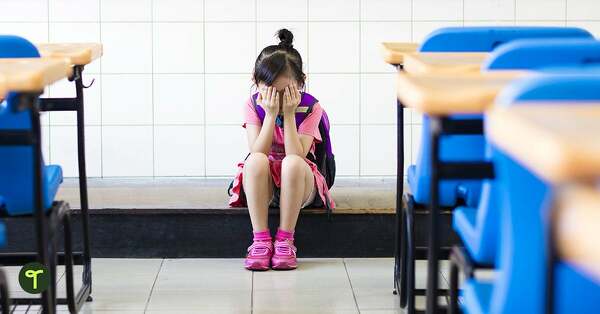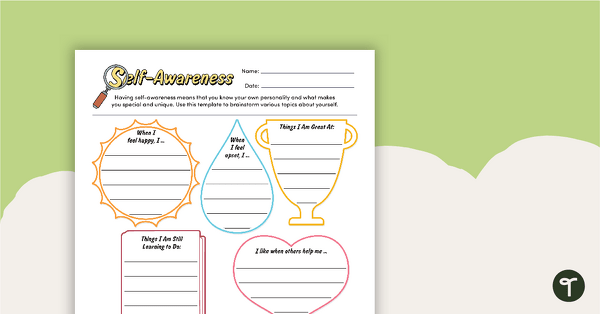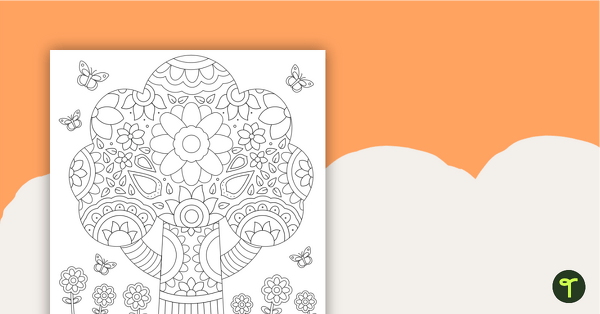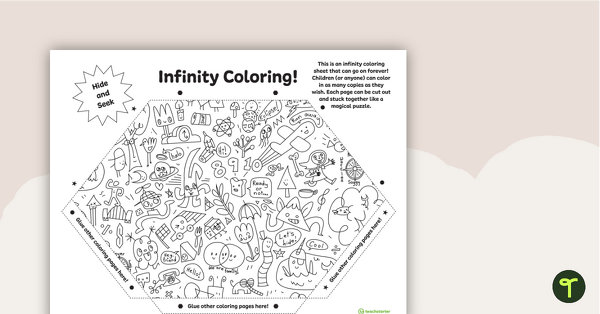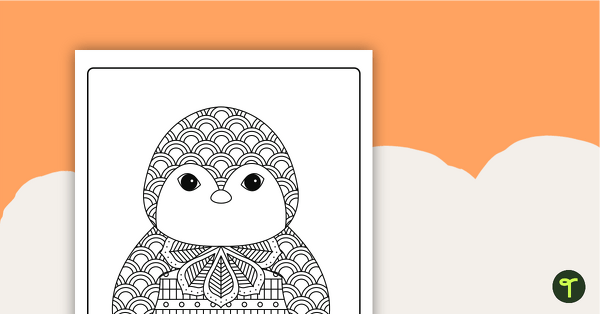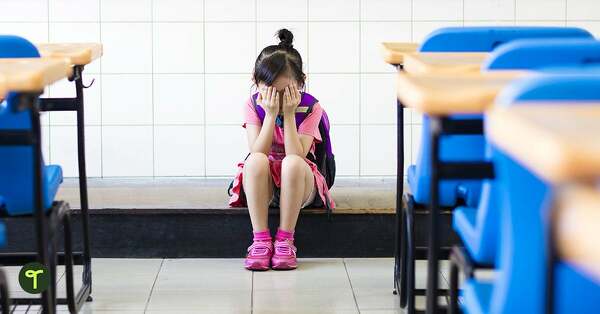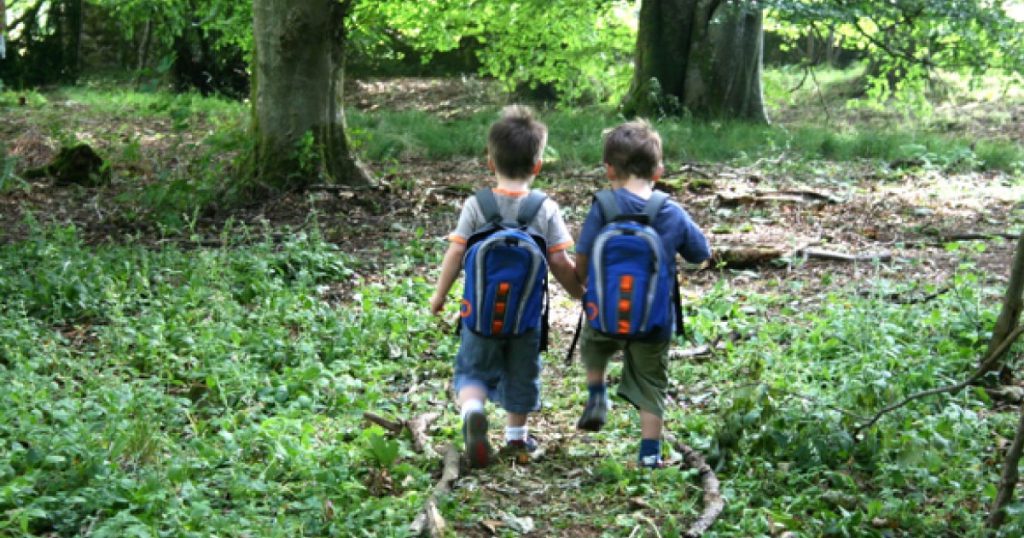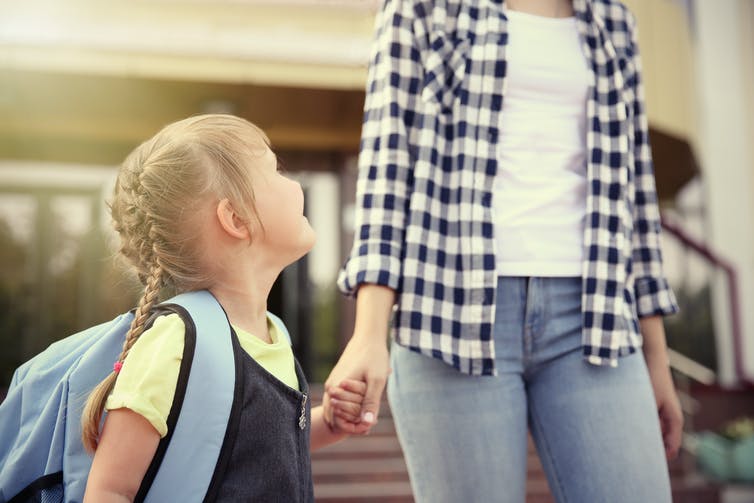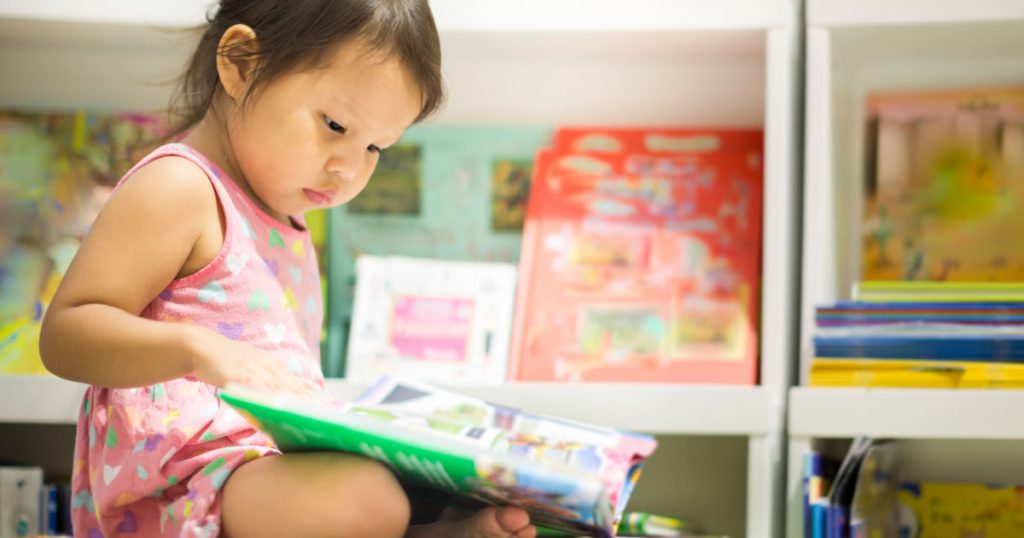Anxiety. Stress. For kids learning in a pandemic, they’re the name of the game.
More than half of American students say they’ve seen an increase in stress during the pandemic, according to a new study by NBC News and Challenge Success, a nonprofit affiliated with Stanford Graduate School of Education (GSE). They’re sleeping less, they’re worrying more, and as teachers, we often find that the feelings of anxiety show up in the classroom.
So what can you do about it? Often, supporting anxious students is about knowing what causes anxiety. Here are some tips on noticing triggers, spotting behaviors, and how to help your students.
Most teachers are aware that kids can experience separation anxiety, but what else can cause or trigger anxiety for students in the classroom?
There are a number of factors that can trigger anxiety for children in the classroom, including:
- Change: Change of routine, change of teacher, change of friends, change of environment. Speaking from experience, someone who is anxious tends to enjoy routine and predictability. When entering a new classroom filled with new people and surroundings, this can trigger panic and fear in children as they may no longer feel in control. It all becomes new and feels unpredictable.
- Fear of failure: Some children feel like they always need to be at their best. They are worried about getting an answer wrong, they worry about not being able to do things, they worry about the ramifications from peers if they are seen as ‘less capable’ compared to others.
- Peer relations: Making new friends and maintaining current friendships can be overwhelming for some children. Approaching new people can be quite a daunting experience, as can group work with unfamiliar peers. Peer pressure can also become a factor. Self-doubt among peers and worrying about ‘fitting in’ can also cause anxiety for children.
What kind of behaviors or situations can act as “clues” for a teacher to recognize that a student may be experiencing anxiety?
Of course, your first check should be your students’ IEP to see if there’s an anxiety issue at hand. But often teachers are on the front lines in noticing changes in kids’ mental health, so it may not yet be noted in a child’s plan, or the child may not have a plan at all.
Anxiety can be expressed in many ways by children, and may also be connected to other things like behavioral issues, sensory processing challenges, learning difficulties, cultural differences, and issues in the home. Some clues you might notice:
- Withdrawal: Not wanting to participate in group activities, sitting by themselves, playing by themselves.
- Change in behavior: Acting differently to how they usually would, ‘acting out’, retreating, showing frustration or anger.
- Overcompensating with humor and/or sarcasm: Sometimes putting on a ‘mask’ or drawing attention to something else, can reflect the deflection of feelings of worry or insecurity.
- Becoming defensive: Some children may become defensive when questioned about their feelings because they either didn’t want to talk about them or didn’t know how to.
- Hypersensitivity: Becoming extra sensitive to situations, fighting with friends, becoming emotional unexpectedly, being angry or upset if they didn’t know an answer, crying, frustration, and general sadness.
- Fidgeting and being unsettled: Sitting still can be tricky for an anxious child. They may seem like they are squirming in their seats, they may tap on things, they may pick at things, chew on things, and feel more comfortable moving around/swaying/rocking.
- Complaining of illness: The physical symptoms of anxiety can cause children to feel sick (nausea, stomach aches, headaches, dizziness, shaky).
Having your students fill out a daily review or self assessment can also help you keep track of your students’ feelings from day to day.
10 Ways to Help Anxious Students in the Classroom
Now that you know where it comes from, there are some practical, actionable suggestions for teachers who are supporting anxious students in their classroom.
What can teachers do when a child’s anxiety is affecting their experiences at school or in the classroom?
There are many ways that worry and anxiety can be managed within the classroom and at school. What is most important though, is finding what works best for the individual child. There may be some trial and error involved, but the best place to start is asking the child what helps to make them feel more relaxed and comfortable.
Here are some suggestions:
1. Talk to the child.
Don’t force them to open up about their feelings if they don’t feel comfortable. Just let them know you are there for them if they ever need to chat. Or, allow them time to chat with their friends, school counselors, or someone else they trust. Sometimes just knowing there’s someone out there can make a world of difference for a child who is struggling.
2. Talk to their parents or caregiver.
This sounds pretty obvious, right? But this isn’t just about alerting parents to a possible problem. One of the most important things as a teacher is understanding a child, and who better to help you with this than their parents or caregiver. Honest and open discussions are paramount to the success of a child in the classroom. Ask them questions, share what you’ve noticed, and ensure they know you are here to help their child, not to make things harder for them.
3. Have a code word or special signal.
Something that a child can use when they feel anxious or worried. It may be something only the child, you, and their close friend(s) know about.
4. Encourage movement and being active.
Physical activity can help burn energy and the adrenalin created by anxiety. Running around at playtime, rocking or swaying, swinging their legs under a chair in class, or performing through singing and dancing, can help release this energy. Repetitive actions can also help to calm an anxious child.
5. Drawing, painting, coloring, using play dough, and creating with their hands.
These kinds of kinesthetic activities can help calm and refocus a child if they are feeling worried or anxious. Incorporating this into their learning can be most beneficial.
6. Listening to music.
Music can help to soothe an anxious child. Allowing children to wear headphones while they work can be controversial, but it can help certain children stay focused.
7. Expressing themselves through the written word.
Letter writing, story writing, or writing poetry, can also help children gather their thoughts.
8. Allowing an anxious child to have some ‘time out’.
They may have a certain space in the classroom where they can sit and just be, or they may be able to sit and do an activity that helps calm them. Older students may be able to go for a walk around the school to refocus. Younger students may be able to do this accompanied by a staff member such as a teacher aide.
9. Fidget tools.
Fidget spinners, push bubble popping toys, fidget cubes and more can be used discretely by children (due to their size) to help keep their fingers and hands busy, helping them to stay more focused. They can be popped into a pocket or pencil case for quick and easy access, and even used in the classroom in other educational ways!
10. Textured comfort aids.
Tactile aids like furry cushions have been used successfully in the classroom and at school to help ease children’s worries. Some children use textured surfaces for tactile comfort, so often their favorite stuffed animals are great ways for children to soothe themselves.
Anxiety in children can be both triggered, and managed, in a variety of ways. The key to helping children successfully manage their anxiety in the classroom is to understand what works best for that child. Honest and open dialogs between parents, children, and the teacher are so important. We need to respect each child’s differences and provide opportunities for them to learn in a way that makes them feel most comfortable.
Disclaimer: Please note, this information does not come from a physician and should not be used in a diagnosis. If you are concerned with your own child’s behavior or well-being, please seek advice from a medical professional.
For more on social and emotional learning in the classroom, check out our resources. And let us know below: How are you handling anxiety in the classroom?
The post 10 Ways to Support Anxious Students in the Classroom appeared first on Teach Starter.

